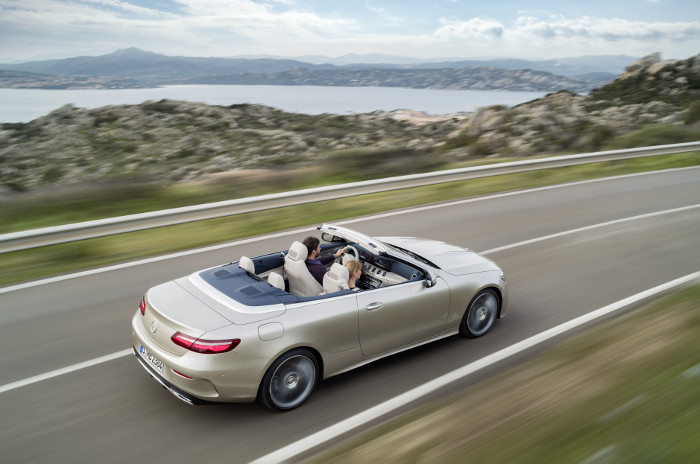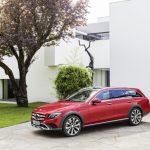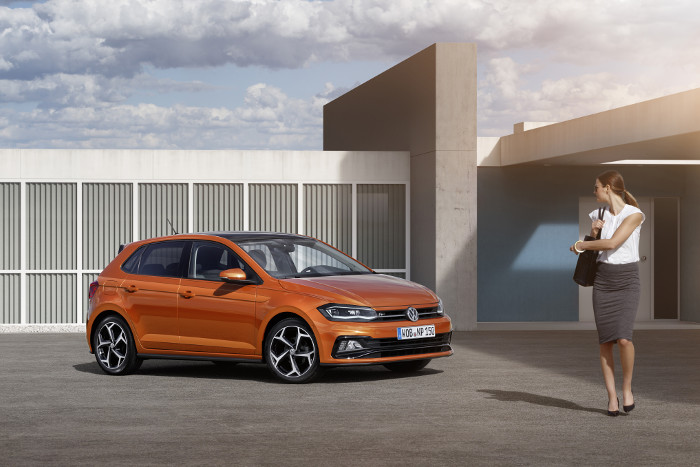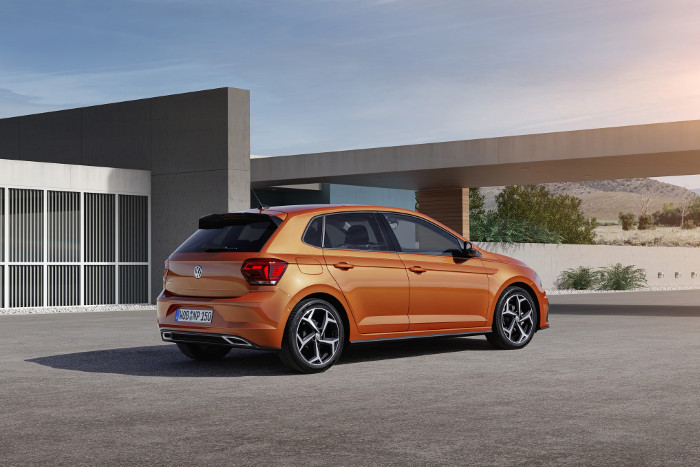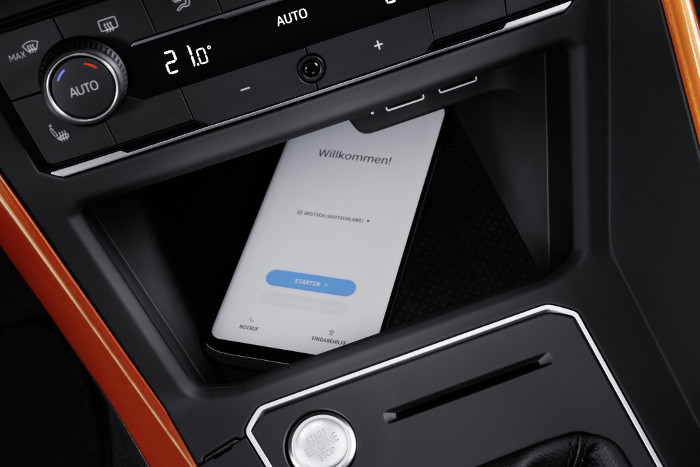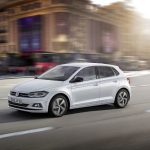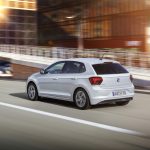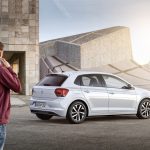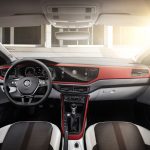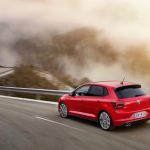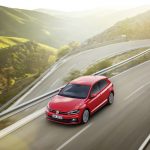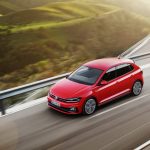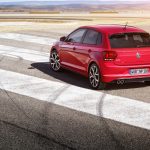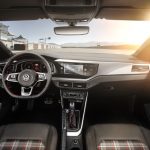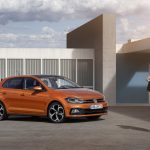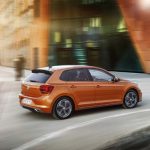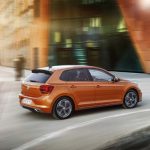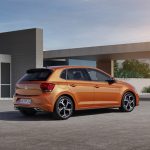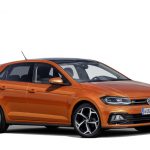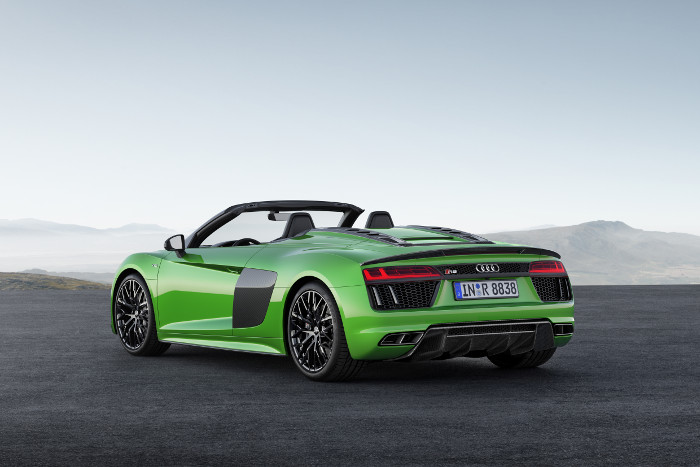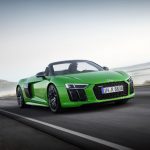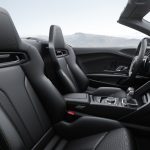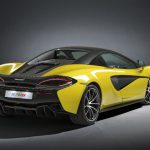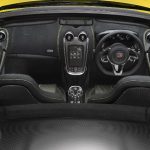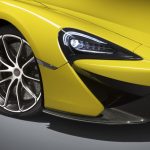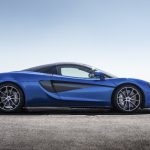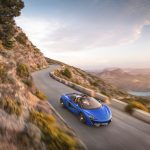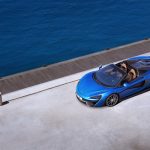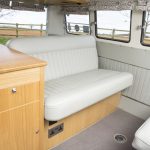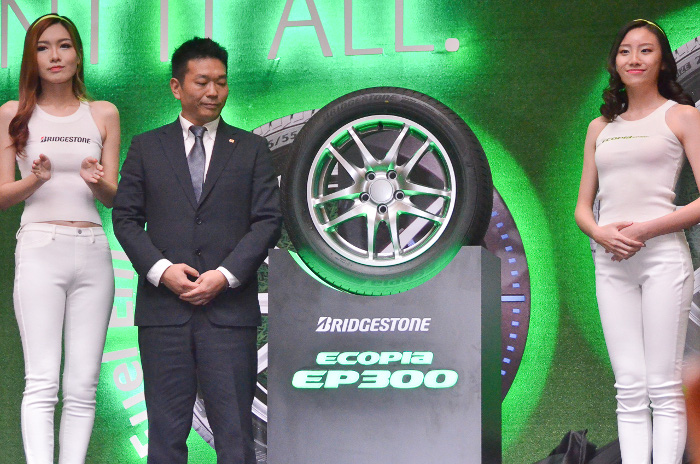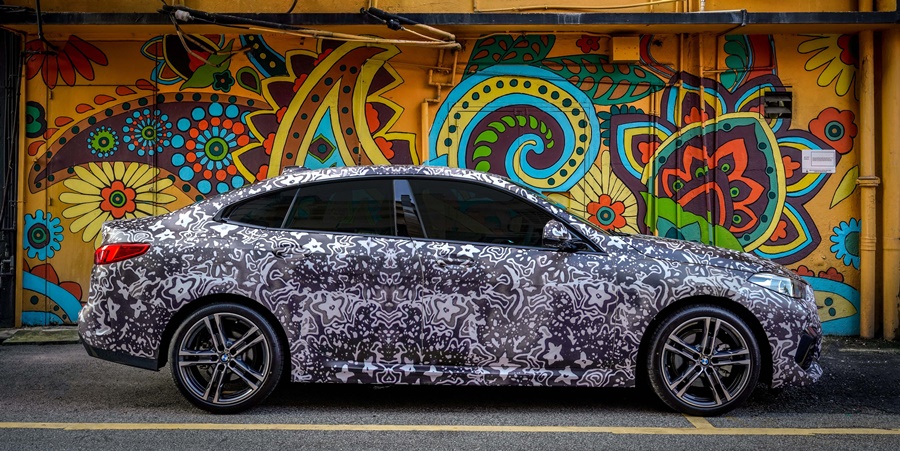Mercedes-Benz has expanded its E-Class portfolio with the addition of the All-Terrain Edition and Cabriolet variants. The former will be of interest to those who have a more active lifestyle and prefer something with more cargo space and better ground clearance than a traditional estate vehicle will allow. As such, it is 92mm taller than the E350d AMG Line Estate and when cranked up to the highest suspension setting, offers a maximum ground clearance of 156mm.
The car is similar in appearance to the standard Estate variant safe for the matte plastic panels that line the fenders and a number of other trim panel. It also comes with electrically folding tow bar with a 13-pin adapter and 4MATIC permanent four-wheel-drive, making it fit for mild off-road use.
Merc’s All-Terrain comes a 3.0-litre V6 turbocharged diesel engine that develops 258bhp and 620Nm of torque. As such, it can sprint from 0-100km/h in just 6.2 seconds, which is a respectable feat considering the vehicle’s size and weight.
The All-Terrain Edition comes equipped with a Burmester surround sound system, Air Body Control air suspension, panoramic electric sunroof, Comand Online with a 12.3-inch infotainment display and 12.3-inch cockpit display, electrically operated front seats, LED Intelligent Light System, Keyless-Go Comfort package, privacy glass, split folding rear seats, 20-inch twin-spoke alloy wheels and a towing capacity of up to 2,100 kg.
It’s driving behaviour can be altered through the use of the Dynamic Select system, which allows the driver to tailor steering, suspension and accelerator settings. And when the All-Terrain mode is chosen, the car’s ride height is raised by 20 mm.
The Cabriolet version however is based on the E-Class Coupe and features an electronically controlled fabric roof than can go up or down in just 20 seconds at speeds of up to 50km/h. And the roof can be selected in three different colours as a no-cost option, which are black, dark blue and dark brown.
As for engine options, there are four, which are a 2.0-litre diesel (194bhp) in the E220 d, 2.0-litre petrol (245bhp) in the E300, a 3.0-litre V6 (258bhp) in the E350 d 4Matic and a 2.0-litre biturbo V6 (333bhp) in the range topping E400 4MATIC.
Additional features include the Airscarf neck-level heating system and Aircap (redirects the air flow over the cabin), Agility Control suspension, Magic Vision Control wiper system, LED high performance headlights, reverse camera, heated front seats, and ambient lighting with a choice of 64 colours. Available as optional extras are the Air Body Control air suspension, Command Online and a 12.3-inch infotainment screen.
There’s no word yet whether the All-Terrain will ever make it to our shores but if the demand is high enough to warrant such a move, Mercedes-Benz will probably do so.





